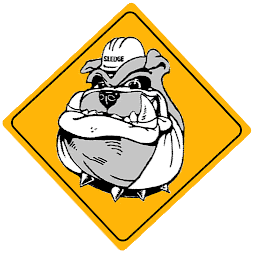
1. BIBLIOGRAPHY
Simon, Seymour. 2001. ANIMALS NOBODY LOVES. New York, NY: Sea Star Books. ISBN 1587171554
2. PLOT SUMMARY
2. PLOT SUMMARY
Seymour Simon reveals the truth about nature’s most misunderstood animals and lets the reader decide what to really think about nature’s grossest, fiercest, and most fascinating survivors.
3. CRITICAL ANALYSIS
ANIMALS NOBODY LOVES is an attractive and well designed book that will get readers’ attention by the title alone. There are definitely animals that are not loved by the general public. Simon reports on these animals in a factual manner. The book is organized by a helpful table of contents. Each animal’s page has similar information giving the reasons why it is not a favorite animal. Simon dispels rumors about animals, for example, bats. “People have many strange ideas about bats. Bats do not attack people. They do not get stuck in people’s hair.” This information might help young readers not be afraid of these types of animals.
The large color photographs contribute to the book’s overall appeal. Most of these are unattractive animals and these pictures will allow young reader to squeal with disgust. The vulture picture is especially appealing since it is picking on a dead carcass.
Simon asks the reader at the end of the book to question their opinions on certain animals. Most readers will probably feel differently after reading his book. These might not be animals you buy at pet stores, but they can be appreciated for their unique talents.
4. REVIEW EXCERPT
BOOKLIST: “Simon puts forward some interesting facts and dispels a few myths about these 20 unlovable subjects, but report writers won't find enough material here, nor are there notes to lead curious kids on to more information. There's no question this will look great on display, but it will serve kids best when it's presented with more fact-rich natural histories.”
5. CONNECTIONS
· Integrate this book into an animal studies unit.
· Discuss this book while studying predator vs. prey as scientific concepts.
· Before reading, make a classroom list of animals nobody loves and at the end of reading the book, see if opinions have changed.
5. CONNECTIONS
· Integrate this book into an animal studies unit.
· Discuss this book while studying predator vs. prey as scientific concepts.
· Before reading, make a classroom list of animals nobody loves and at the end of reading the book, see if opinions have changed.





